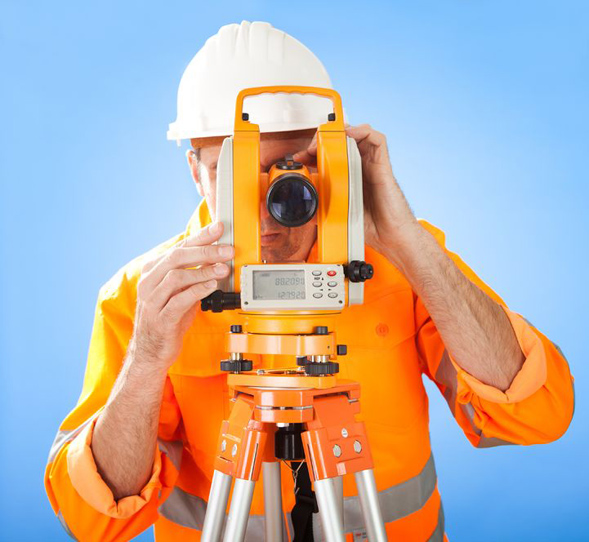This type ascertains the location of points on the surface of the earth that gauges the horizontal distances and also variations in elevation and directions. The topographic maps provides the locations of places and they serve as base maps. They are first do topographical surveys and then make topographic maps and profiles. They are making horizontal and vertical for defining locations.
You can have a choice of the scale in advance and this ascertains the error. One has to work from the best precision to the less precise methods. They may orient every survey and with respect to the north. The first and foremost phase of surveying is about making vertical horizontal control and the distance, difference and direction in increasing between the important static points.
Tachymetry: It is a quick optical way of gauging distance by making use of telescope with stadia rod and cross hairs. One has to measure slope distance with a tape and lessen it to horizontal distance by making the use of the cosine of the slope gradient.
You can level telescope and a stadia rod or measure a vertical angles and a slope distance. Leveling is a precise since the various elevation variations are measured not calculated. Two readings are taken at each position of the automatic level. A backsight to a station that can be found prior the level on the traverse and a foresight to the possible next station. The stadia rod has got two stations prior and after the level. The length of the foresights have to be similar to the precision and is a function of the distance of a sighting.
It is the level operator who measures the distance to the next station and to the next level. The backsight and the foresight can be paced by rod individual or measured by the interval between lower and upper cross hairs. The horizontal angle can be measured with the help of a compass. The accurate measuring gadgets utilize vernier scales. This direction is relative to a reference line or a meridian. It is a true meridian and a magnetic meridian
There is also an assumed meridian which is an imaginary line. The angles exhibited are relative to a meridian by making use of the quadrant and an acute angle. Azimuth is a clockwise angle from the north branch of a meridian which is 180 degree south. There is also a deflection angle which is a line and an enhancement of the preceding line. It can be a right or left angle that relies on the new line of the preceding line. The closed traverse starts and ends at some static control points an existing location. It allows to calculate and adjust for an error.
Open traverse surveys from a known position to a point for a position that is not known. It does not allow any checks for error. It measures have to be repeated in order to check for any kind of error.
The earth’s shape can be considered only for geodetic surveying. In this the flat surfaces are not level and plumb lines are not parallel. The sum of the angles in a triangle is more than 180 degree. Topographical surveys through huge areas and make use of the aspects of geodesy. The use of horizontal lines from plane angles and from level are null and you may ignore them.

